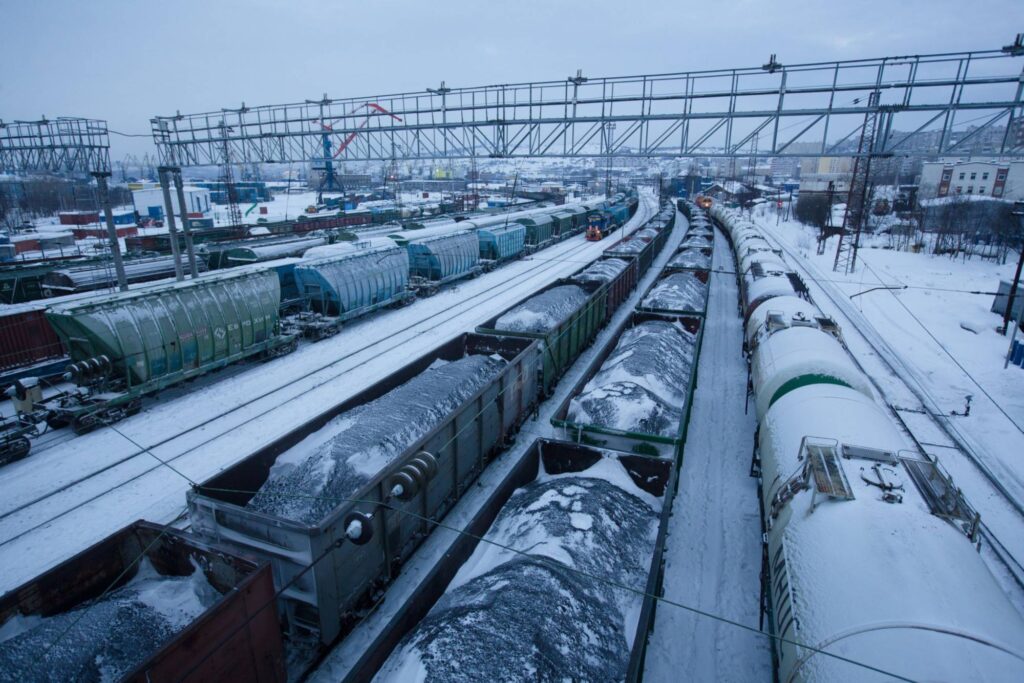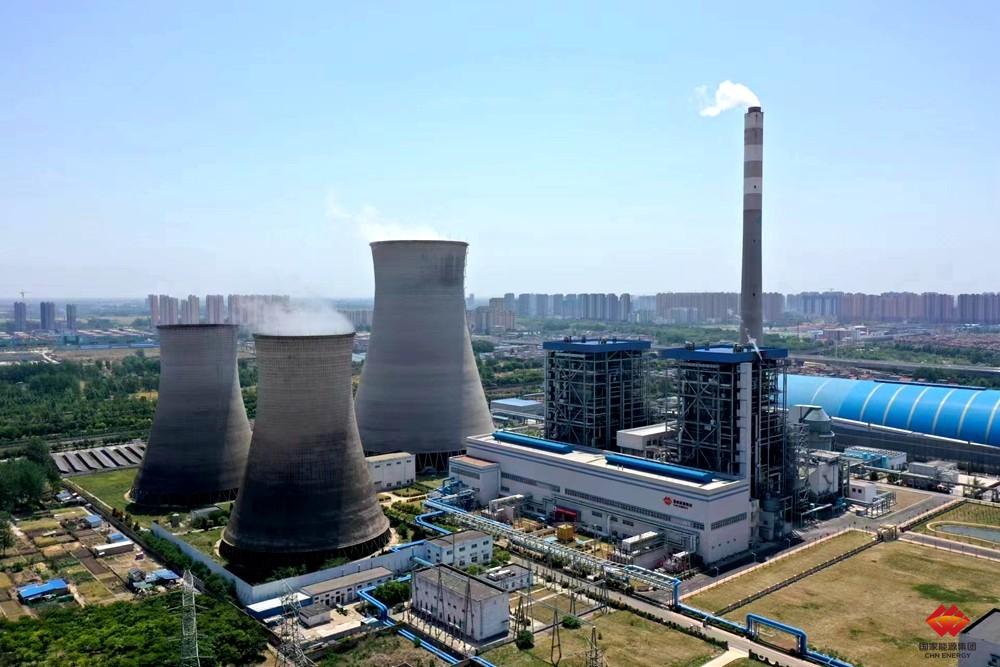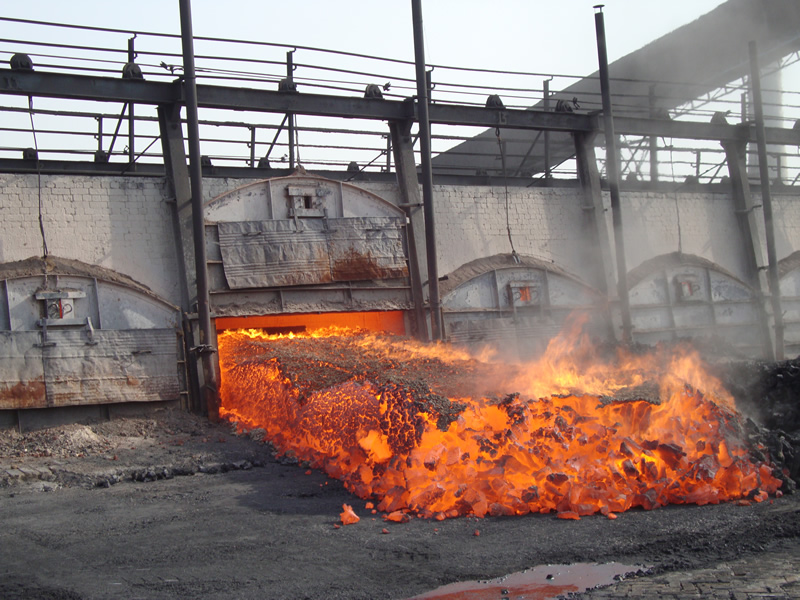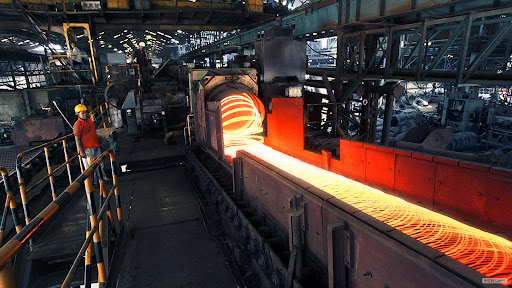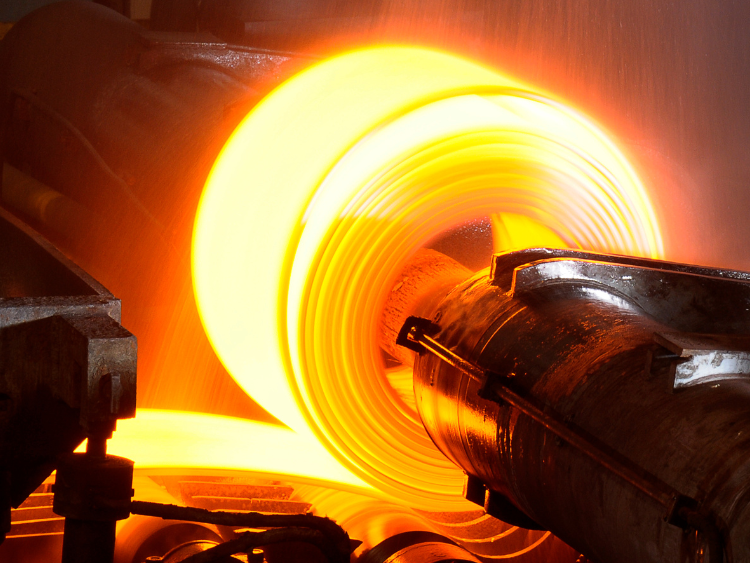
Morning Brief: Steel consumption in China has peaked and a downtrend henceforth is inevitable. The steel industry is in the process of shifting from volumes play to quality with a focus on niche markets.
Domestic demand converted to crude steel fell from 1.05 billion tonnes in 2020 to 940 million tonnes (mnt) in 2023 and this trend is likely to continue. Added with the net export 85 mnt, the combined demand is about 1.02 billion tonnes (bnt). Overall, in CY’24, steel demand is seen rising slightly and production dipping.
Looking back at CY23
In 2023, the steel market was characterized by high output, low prices, low profits and elevated costs.
Demand slips 1%: Steel demand continued to slip at an estimated 1%, where real estate steel demand declined by 20%. This was, however, offset to an extent, by increase in demand from sectors like infra, auto, ship-building and structures. The green shoot was in the form of the robust export performance, which is estimated to reach 92 mnt, up 35% y-o-y, a net increase of 32 mnt. But, officials stressed, this was not a result of any vibrant demand from overseas markets, but rather the reality of excess steel having nowhere to go in China.
Production in excess of demand: It had been heard, there would be “flat control” of crude steel in 2023 but it was not carried out due to some reasons, and thus output was in excess of demand. During January-November, 2023, the total output of crude steel reached 952.14 mnt, up 1.5% y-o-y and the whole year’s output is expected to be at around 1.03 bnt, up 1.5% y-o-y.

Steel prices decline 10%: Steel prices showed a decline of 10% on average throughout the year, where rebar rates fell 13.5%, and hot rolled coils (HRCs) and medium-thick plates by 10%. Cold rolled coil (CRC) prices were down 5.6%. On the raw material front, iron ore inched up 6%, but coking coal was down 21%. On the whole, average steel price slipped by RMB 470/t ($66/t) through the year, while raw material cost per tonne of steel was down RMB 376/t ($53/t), indicating that mills were still not making profits. From the perspective of profits, the past two years were undeniably the worst.
Outlook
Looking ahead into 2024, the low profit phase seems to have bottomed out, and with the advent of the inventory replenishment cycle and active self-discipline within mills through production calibration, the steel industry is expected to emerge from the predicament of last year. Steel demand is expected to increase 2% y-o-y in 2024. Exports of billets will be approximately 75 mnt, a y-o-y decrease of 14%. Crude steel output may dip slightly to 1.01 bnt. Steel prices have bottomed out, with average annual prices seen rising 3-5%.
As consumption has peaked, looking at demand increase to pull the industry out of trouble is no longer an option. Henceforth, industry self-discipline, administrative co-ordination, output control are important options. Or else, many Chinese mills may face liquidation, or get acquired in a scenario characterised by bloated capacity, a highly price-competitive environment, and lesser access to financing.
Real estate, after some turbulent adjustment, is expected to return to average performance, as indicated by the narrowing decline in newly opened construction area over the past few months.
Indicating the thrust on a downtrend in production, a CISA official said at a recent steel conference in China that the country’s crude steel output in 2030 will reduce to 900 million tonnes (mnt), and to 850 mnt by 2035.
An official said it is virtually impossible to tide over the dilemma of overcapacity through demand growth in the future.


